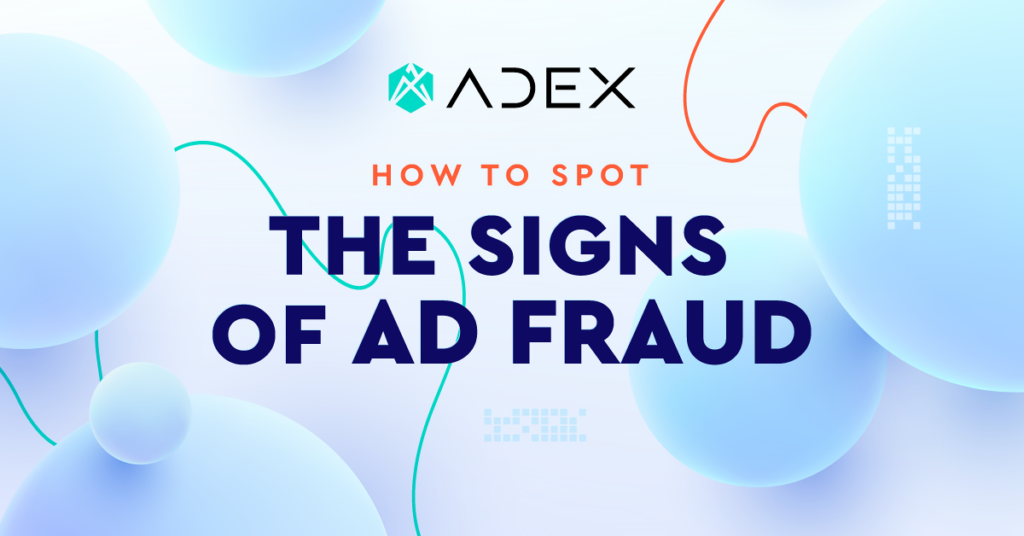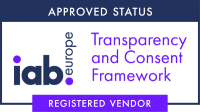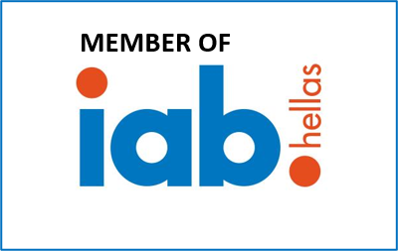The ad fraud problem always seems to be too “hypothetical,” happening to big companies like Uber… right until the moment when you discover that 53% of YOUR advertising budget* was spent on fake traffic. Andrey Ivanov, the ADEX CEO, is taking over the blog for today to share his thoughts on the alarming signs of ad fraud.
*Yes, it’s a real case from our practice that we’ll discuss in this article.
No matter how good the fraudsters are, ad fraud is not a perfect crime in the sense that there’s always evidence left behind. What kind of traces should you look out for? That’s what I would like to discuss in today’s article: the tell-tale signs of ad fraud, as well as not that apparent indications.
The Signs of Ad Fraud
I bet that every marketer knows the most basic fraud sign that is usually formulated as “high CTR with low conversions.” But does it always signal that there’s a fraud problem? No, fraud can be just one of the possible reasons, another one is targeting the irrelevant audience, and that’s precisely how you get a “no conversions” situation.
In other words, low performance on its own can’t be the source of our suspicion. There are way more intricate signs that something wrong is going on.
#1 Unrealistic CTRs

For example, abnormally high CTR is a far more disturbing indication of the fraudulent activity. If your “normal” click-through rate is around 0,2% and all of sudden you see spikes of up to 10% – you know, it can’t be genuine and has to be thoroughly checked.
#2 Very high bounce rates

Here’s one more red flag to add to your collection. Generally, high bounce rates are a serious indication that, perhaps, there are issues with your content, UX, or targeting, but they can also be a strong signal of ad fraud.
Combine bounce rates above 80-90% with extremely high CTR, and you get a clear picture of how ad fraud looks like.
Broadly speaking, any kind of anomalies in your website metrics should draw attention and be properly investigated.
#3 Too short session duration or exactly same on-page behavior

This is another warning sign: the session duration seems to be atypically short, and users leave your website in a second. Normally, people would browse at least for a few moments and scroll before leaving. None of that is happening? Most likely, you have bot traffic.
Years ago, fraudsters used to fool marketers with this strategy, but now, these primitive bots are a no-brainer to detect with modern anti-fraud tools.

However, bots are getting more complex than that. Bots we uncover now can scroll, click on images and spend sufficient time on the webpage. Can you detect them on your own, without special tools?
As a matter of fact, you can. You need to have tools like HotJar, Full Story, Smartlook, or Mouseflow, and a lot of free time at your disposal. Record a statistically significant number of sessions and then analyze them. If all of them are bots, you are about to see not just exactly the same time-on-page, but also identical behavior: mouse movements – diagonal, left to right, up and down, clicks on the same page elements.
But, to be honest, anti-ad fraud tools can do this job in a much more efficient way.
#4 Registrations without further actions and abandoned carts

Not every registration leads to a deposit or purchase; that’s true. But when you observe an unusually high percentage of registrations that don’t lead to further steps or abandoned carts – you should be alarmed.
The newest bots can register, browse, add items to the cart – act just like real humans, but what they can’t (and won’t) do is spend money.
You can read more about the latest bots in our previous article.
So, if the percentage of users who didn’t convert is too high, it’s a good reason for additional checks of your traffic source.
#5 Strange locations

When talking about location-based fraud, we have to keep an eye on multiple aspects.
Say you target South Korean users with Korean ads, a specific product that would most probably work just for this very audience. And out of the blue, you start getting registrations from Nicaragua. Of course, it can be a small Korean community there, but what are the chances?
Do you really need an anti-ad fraud solution?
Even if you work with a reliable provider, we recommend monitoring traffic quality and running regular checks. Why? Simply because even your provider can be a victim of ad fraud.
Apart from routine checks, there are two cases when an anti-ad fraud tool is a must and can save you lots of your advertising money:
- You spotted some of the signs we discussed before. Obviously, it’s not an emergency, and it’s widespread to discover invalid traffic – ADEX detects more than 30M fraud cases every month. Yet, it’s really important to identify fraudulent traffic sources as fast as possible, so you stop spending money on bots.
- You started working with a new traffic source. We have our long-term client, a media buying agency, and recently they decided to test a new traffic provider that seemed legit and very reputable. Imagine their shock when they saw that 53% of traffic was invalid. After that, we performed a post-analysis just to confirm the results. And yes, we found very-elaborate bots. Indeed, checking new sources is essential.
Need help with checking your traffic or still have some questions unanswered? Contact us today to get a free consultation or start your free trial.


